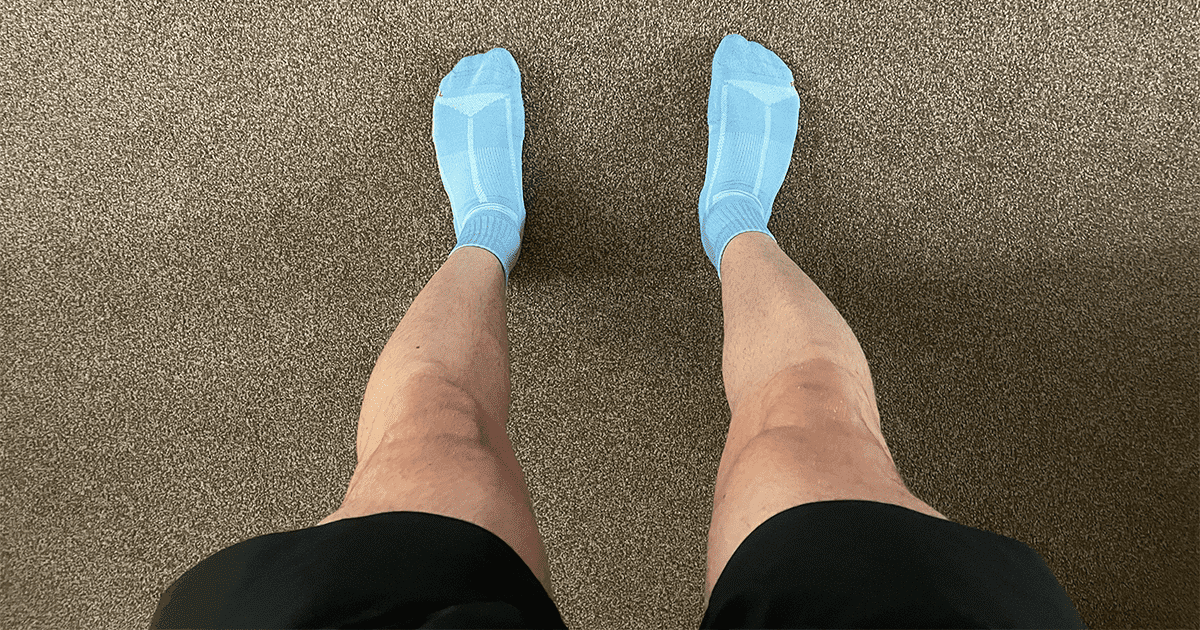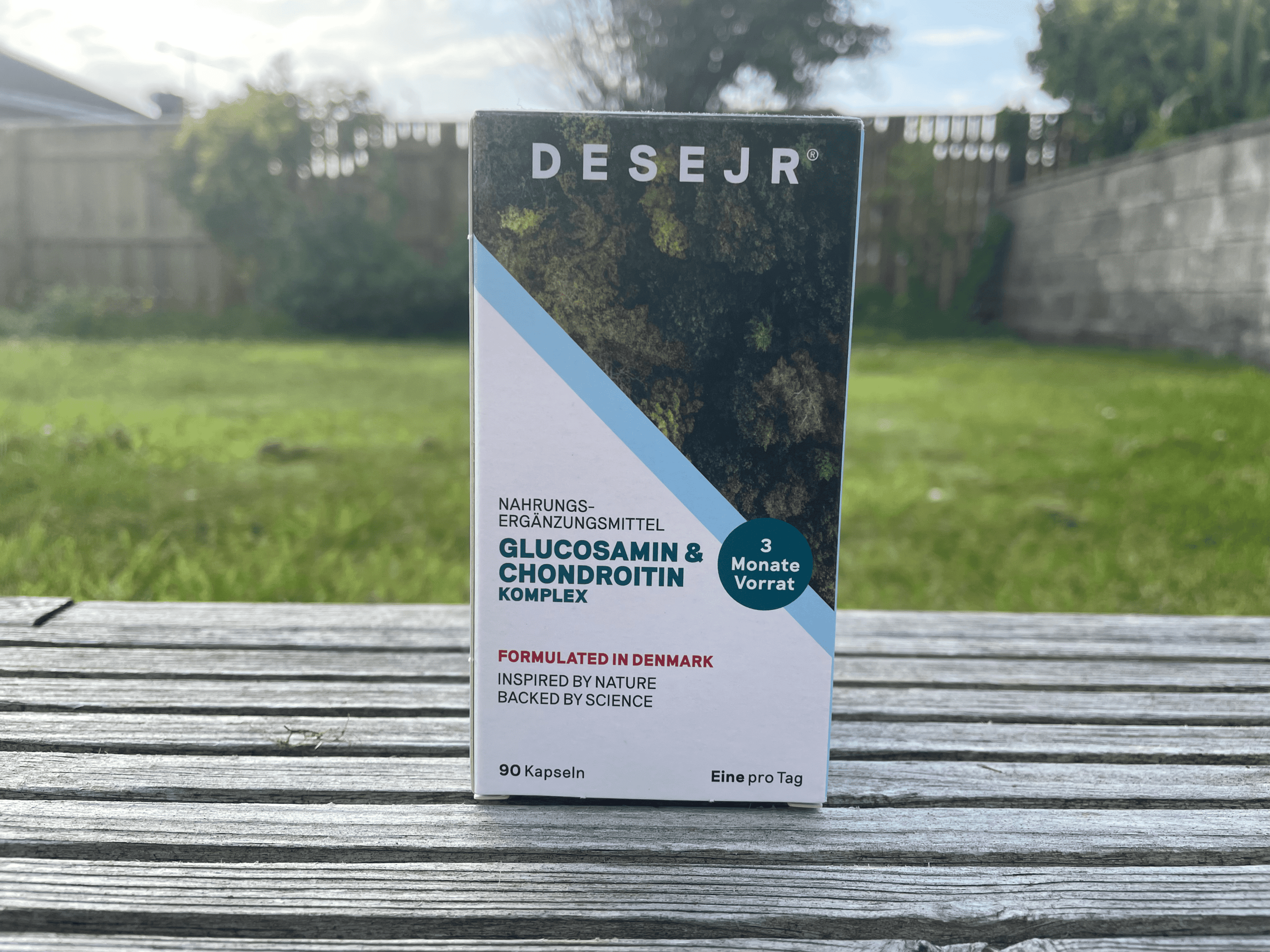6 Tips to help you comeback from injury as a runner
Dealing with an injury can be tough, here’s how to do it right and to comeback stronger.
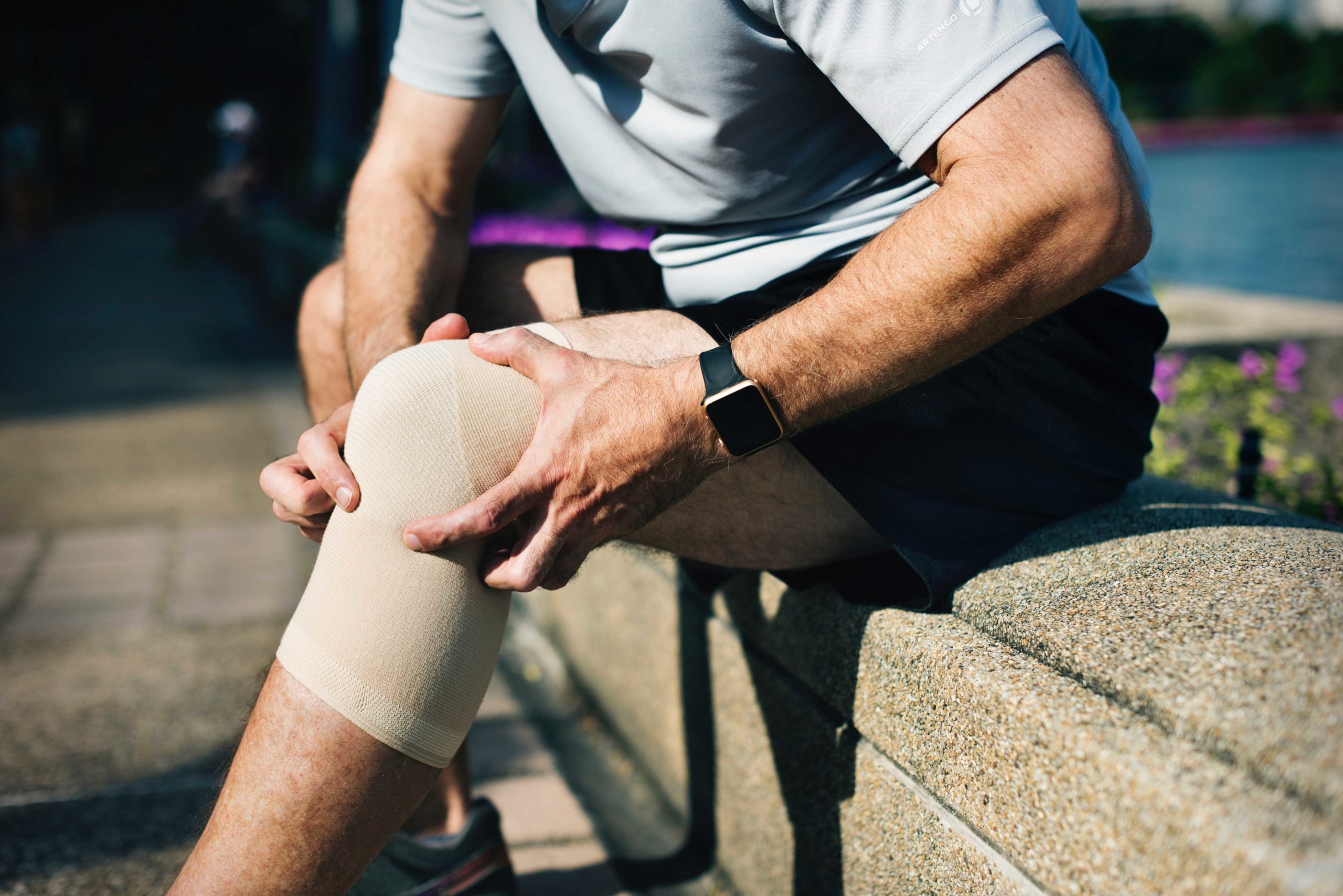
There’s nothing worse than being told that you’re injured and need time off from running to allow your injury to heal. Whatever your injury, time off from running is still time missed training, something that will break any runner’s heart.
Whether you’ve got a stress fracture in your foot, went over on your ankle or strained your calf, the same principals still apply. We need to take a step back from our training and figure out why we got injured in the first place. Were you doing too much too soon? Did you neglect to stretch before or after running? Or were you pushing too hard too often?
Being injured is actually a blessing in disguise (although you won’t think it at the time). This allows us the time and opportunity to analyse our training and make adjustments to prevent further injury once returned to running.
Some adjustments you may wish to implement include regular strength training, more stretching, additional cross-training sessions, and reducing your total weekly mileage until your body is fully adapted and prepared to cope with the increased intensity.
So, how exactly do we comeback from injury and return to our running ways? Use these six tips to find out, helping you through the injury process.
1. Rehab exercises
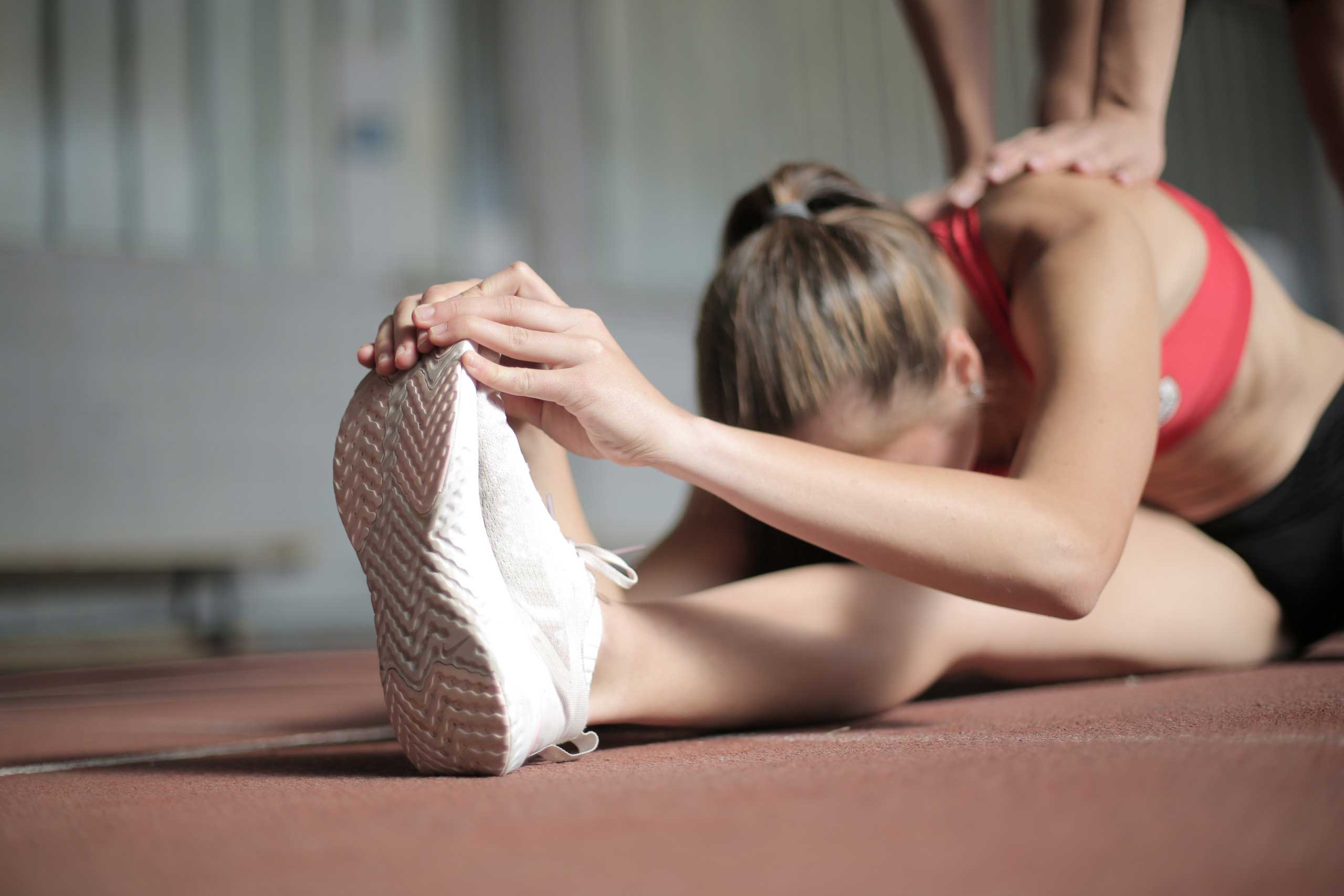 Yes, we know they’re boring, but rehab exercises are essential to recovering from our injury and speeding up our return to running. Depending on your injury will determine what rehab you must undergo. More often than not, you’ll find yourself prescribed some daily stretches, balance work, and strength work. Despite these being mind-numbingly boring, these are essential to making a comeback.
Yes, we know they’re boring, but rehab exercises are essential to recovering from our injury and speeding up our return to running. Depending on your injury will determine what rehab you must undergo. More often than not, you’ll find yourself prescribed some daily stretches, balance work, and strength work. Despite these being mind-numbingly boring, these are essential to making a comeback.
To make these more fun you can listen to music, your favourite podcast, an audiobook, or simply watch some television – just try not to get too distracted!
2. If there’s pain walking… don’t run
You’ve performed your rehab exercises, and you think you’re ready to run. However, before making that long-awaited comeback to running, ensure you can walk without any pain. Realistically, if you experience pain walking on the injured area, then chances are it’ll be a lot worse running.
Secondly, walking before returning to running will prepare the soft tissue for the increased intensity of running. This will reduce the risk of further injuring yourself once returned to the sport. You should be able to walk for a minimum of 45-minutes with no pain on the affected area before even thinking about making a return to proper running training.
In some cases, this can be a long and tedious process, but believe me, it’s a lot better than the alternative.
3. Strength training

There’s no better time to get a sweat on in the gym than when you’re injured. Not only will this reduce your risk of further injury when returning to running, but strength training will also develop strength and power, essential for faster running.
Secondly, regular strength training will allow you to even out muscular imbalances, often responsible for a handful of injuries. Working on these weaker areas will improve your running form, potentially reduce pain, and speed up our recovery towards returning to the sport. Weak areas often include the lower abs, glutes (buttocks), tight calves, and hips.
Here are a few exercises you may wish to try:
- Walking lunges
- Squats
- Planks
- Russian twists
Related: Strength training for runners: the beginner’s guide.
4. Foam rolling
Foam rolling is a form of myofascial release, much like receiving a sports massage. Regular foam rolling will reduce muscle soreness, improve your mobility, and reduce your risk of injury.
However, if you’re already injured, foam rolling for as little as ten minutes per day may reduce pain and speed up your recovery.
Increased blood flow and circulation to the muscles allows waste products and toxins to be flushed out. Also, this may contribute to reduced muscle spasms.
Foam rolling when returning to running will prevent muscle tightness, a common cause of injury. If possible, foam roll daily, however, two to three times a week is better than none at all.
If you’d like to read our basic guide to foam rolling for beginners, click here.
5. Cross-training
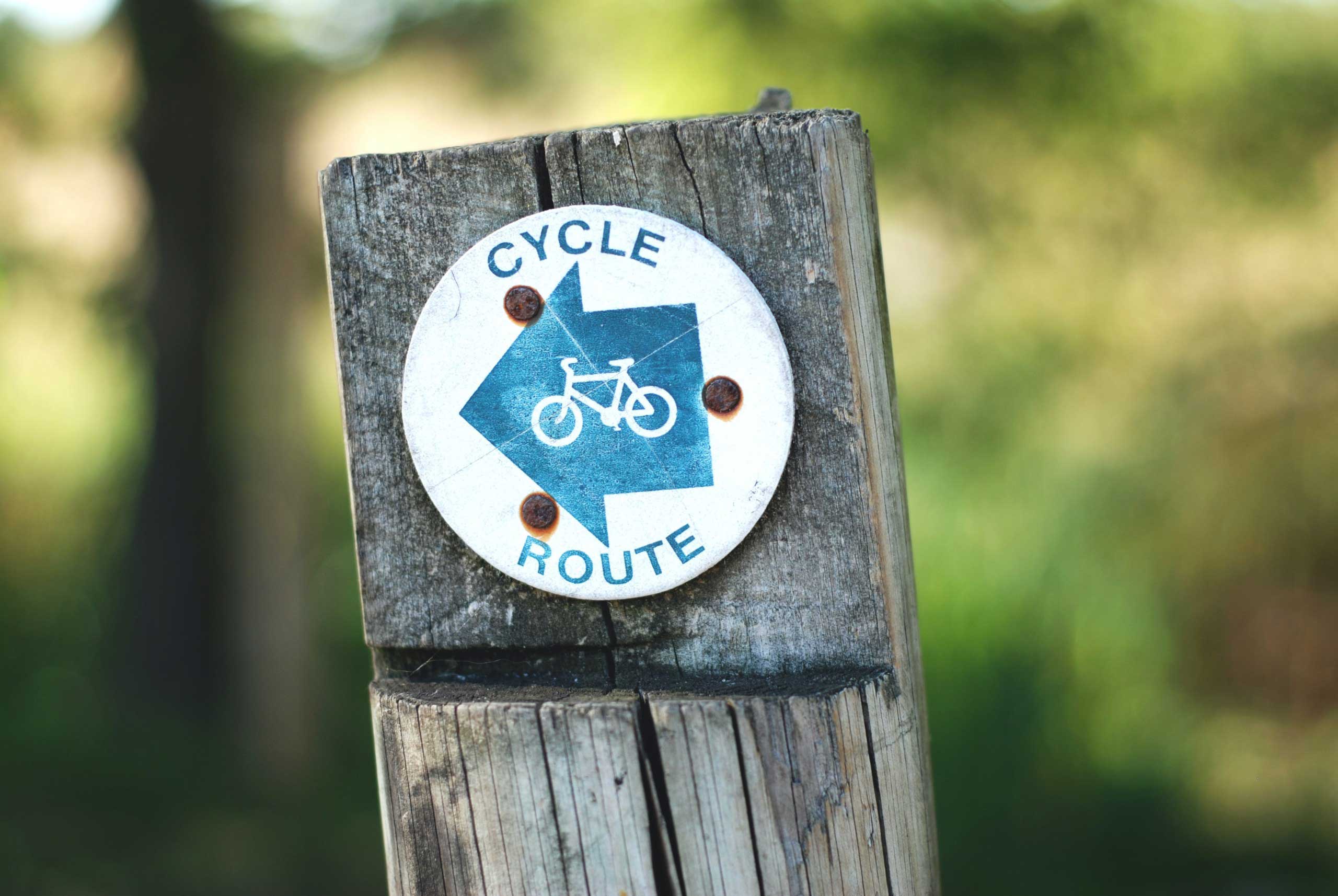
Cross-training is a great way to maintain as much running-related fitness as possible while injured. Cross-training activities include cycling, swimming, rowing, and hiking. This will make your return to running less painful, less red in the face, and definitely not as short of breath.
Cross-training activities can also work on muscular imbalances and speed up our recovery time from injury. We recommend including cross-training as much as possible into your schedule, after all, you’ll have a lot of time to fill!
Be sure to consult with your doctor beforehand to ensure your chosen cross-training method will not further aggravate your existing injury.
6. Wait it out…
While being injured sucks, you must wait it out. Rushing back into running too soon will only make it worse, possibly increasing your time out from injury. Be sure to keep up with your daily stretches, and record your progress over time.
Depending on your injury, if you begin to see no improvement over several weeks, you should definitely go get it re-examined, and further physio exercises prescribed.
The bottom line
Being side-lined from running sucks, perhaps more than daily stretches and hitting the gym. However, keeping up with your prescribed rehab, working on muscular imbalances, foam rolling, and waiting out your injury is your best approach.
Be sure not to rush your return to running and use the time you have off to work on any weak areas, allowing you to become a stronger, faster, and injury-free runner.

Matthew is a lifelong runner, chief tester of all products, the founder of Running101, and freelance content writer for active brands. When he’s not writing, he enjoys lifting weights, cycling in the Lake District, and watching fast cars drive in circles on a Sunday. He also has a BA in sport, exercise and physical activity from the University of Durham.



